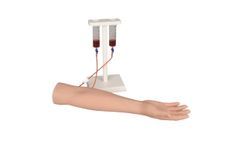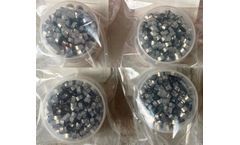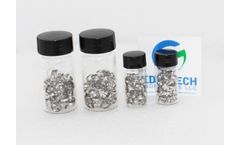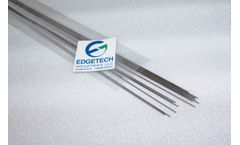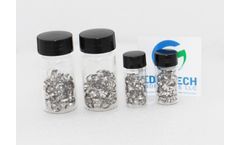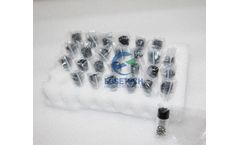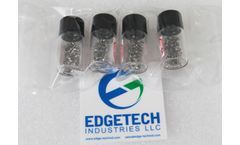Refine by
Catheter Articles & Analysis: This-Year
17 articles found
IV (Intravenous) Insertion: This involves placing a catheter into a vein to administer fluids or medications directly into the bloodstream.2. ...
For instance, medical practitioners rely on marker bands to precisely position stents, catheters, and guidewires. Without them, achieving such accurate placements would be much more difficult, increasing the risks associated with these complex procedures. ...
Table of contents: What Makes Radiopaque Marker Bands Essential in Modern Catheter Design Key Benefits of Using Platinum Iridium Marker Bands Comparing Tantalum vs Platinum Marker Bands in Medical Applications What Makes Radiopaque Marker Bands Essential in Modern Catheter Design Radiopaque marker bands play a vital role in improving catheter ...
The Role of Nitinol Tubing in Medical Devices: Nitinol tubing is a critical component in various medical devices, including stents, guidewires, and catheters. Its ability to return to its original shape after deformation allows for minimally invasive procedures, reducing patient trauma and recovery time. ...
A recent study led by Decan Jiang and colleagues from RWTH Aachen and Heidelberg University Hospitals in Germany has shed light on how porcine models are helping surgical training—particularly in the complex field of kidney transplantation. Pigs are anatomically and physiologically close to humans, making them ideal candidates for surgical training. Practicing renal ...
During procedures such as stent placement or catheter navigation, visualization is key to ensuring accuracy and avoiding complications. ...
Among these advancements, wholesale radiopaque marker bands are critical in medical imaging and device guidance during procedures like stent placement, catheter navigation, and endovascular therapy. These marker bands ensure fluoroscopic visibility, enhance precision, and contribute to successful therapeutic outcomes. ...
Ischaemic heart diseases continue to be a major global health concern and a leading cause of death. To develop more effective treatments, it is essential for researchers to work with animal models that closely replicate human cardiac physiology. In a notable step forward, Pius et al. present a refined, minimally invasive ovine model of ischaemia–reperfusion–infarction which ...
These small metal bands are inserted in the body, often via catheter, and provide an easy-to-see reference point for medical professionals. ...
These marker bands are extensively used to ensure the precise positioning of stents, catheters, and other medical devices during diagnostic or surgical procedures, aiding healthcare professionals in achieving better outcomes with greater accuracy. ...
Marker bands are essential components in the medical device industry, particularly in the design of catheters and guidewires. Among the various types of marker bands, Radiopaque Marker Bands stand out due to their ability to enhance visibility under X-ray imaging. ...
Applications of Nitinol Tube: Medical Devices: Nitinol tubing is extensively used in stents, guidewires, and catheters. Its superelasticity allows for minimally invasive procedures, reducing patient recovery time. ...
For instance, in cardiovascular operations, marker bands facilitate the precise positioning of stents and catheters, which directly influences both the success of the procedure and the safety of the patient. ...
Vascular access The physician will identify an appropriate blood vessel for access, typically the radial or femoral artery. Catheter insertion A catheter will be inserted into the selected blood vessel, positioning the catheter tip at the cerebral vessel intended for examination. ...
Whether it’s for intravenous (IV) systems, catheters, or diagnostic equipment, fluoropolymer tubing offers unique properties that make it indispensable for medical ...
One such innovation is the radiopaque marker band, a crucial component in catheters used to navigate the complex network of blood vessels within the body. ...
The evaluation of cardiovascular toxicity is a significant challenge in drug development. Preclinical evaluation of cardiovascular safety involves a multifaceted approach, encompassing a plethora of in vitro and in vivo endpoints. These assessments continuously evolve, aiming to mitigate the incidence of cardiovascular toxicity that may emerge during clinical trials. To shed light on the ...

